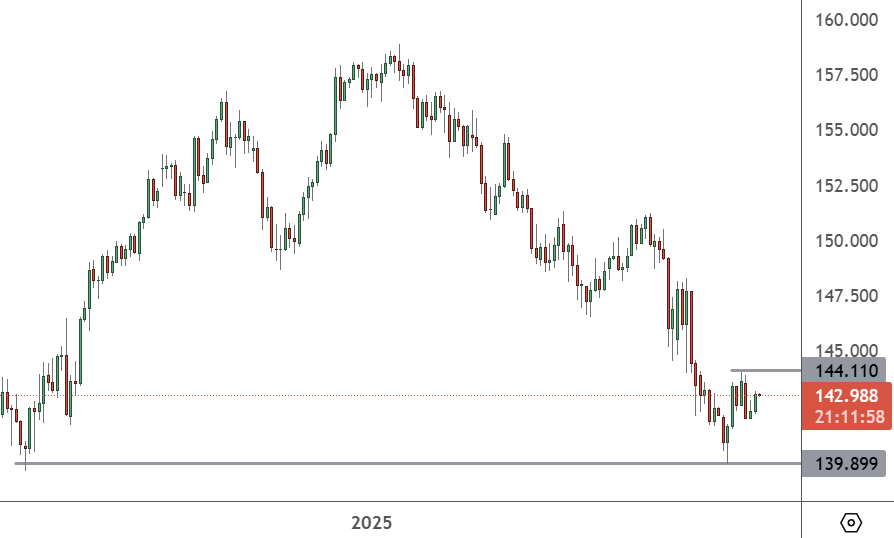The New Zealand dollar has lost ground against the euro recently after being a safe haven play against the Ukraine conflict and the economic problems in the eurozone.
The Kiwi has slumped against the euro since the August lows and has now hit the 1.7500 level. There could still be further gains ahead in the short term. Still, the economic situation could deteriorate in the eurozone over the winter.
EURNZD – Weekly Chart

The other driver for the EURNZD is interest rates, and a recent hike from the ECB to 1.25% interest rates has brought it closer to the New Zealand level of 3%.
The Kiwi should still hold an advantage because the European Central Bank may not push too hard on rates after the recent problems in the United Kingdom.
New Zealand businesses are less pessimistic about the outlook for the economy. Still, according to a third-quarter survey by the New Zealand Institute of Economic Research, they remain downbeat about their own trading prospects.
Recent data said that 42% of firms in New Zealand expect the economy to deteriorate over the next 12 months, down from 62% in the second quarter. However, 14% expect their trading to worsen in the fourth quarter.
“Demand looks to stabilise at a lower level,” said NZIER Economist Christina Leung. “The results suggest a period of weaker growth but with a lower risk of the New Zealand economy slipping into recession.”
Inflation may have also peaked for the NZ economy, with three-quarters of firms expecting to experience rising costs. Still, fewer wish to raise prices in the fourth quarter, Leung said.
“Cost pressures remain intense,” she said. “There is still a need for higher interest rates over the coming year.”
In the short-term, the euro looks to have the upper hand, but that could provide an entry for long in the NZD. The economic situation could worsen in Europe as the winter approaches due to pressures on gas supplies.


